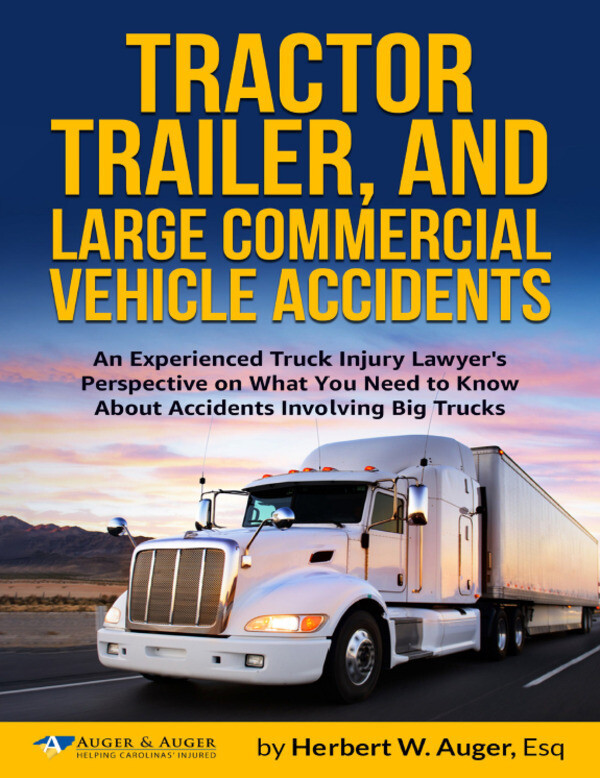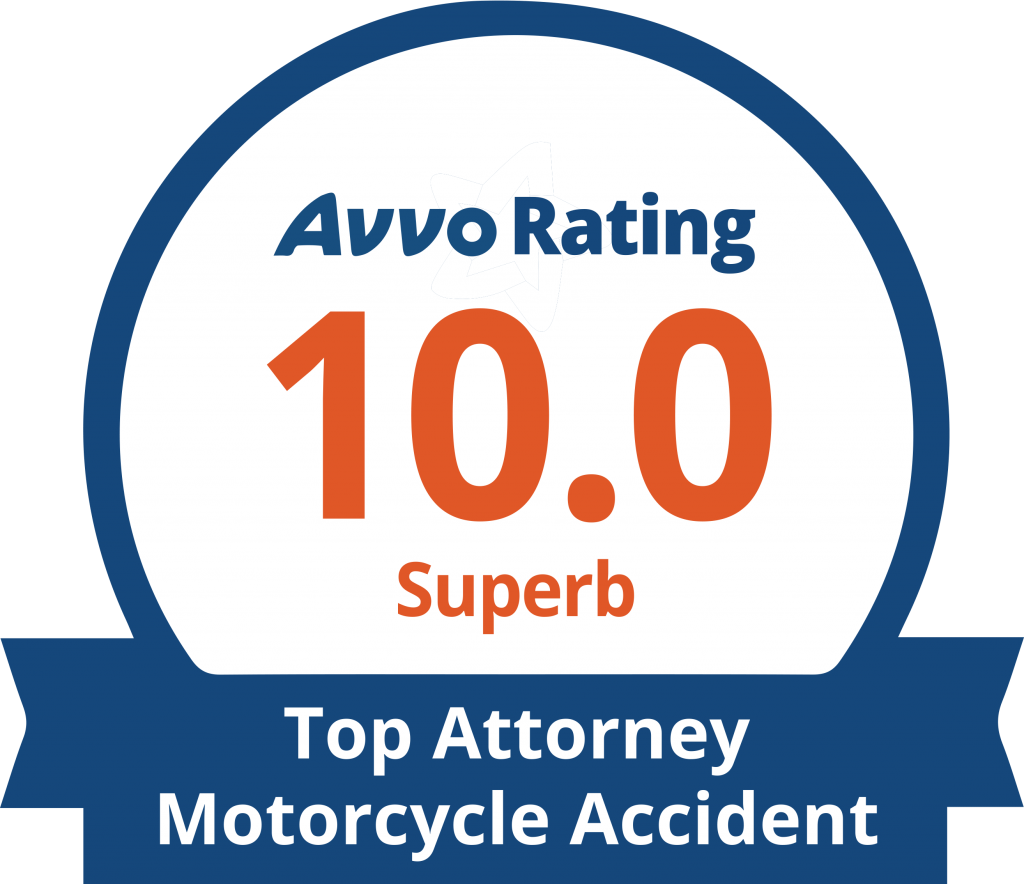Car Accidents Are a Leading Cause of Child Injury in South Carolina, So Make Sure You’re Using Your Child Car Seat Properly
Author: Auger Law | August 31st, 2020
Cars are made for adult passengers, which is why children 8 and younger need proper devices to make sure they are secured against the effects of a car accident. According to the South Carolina Department of Health and Environmental Control (DHEC), in the event of a collision, a properly installed child safety seat can reduce the risk of death for infants by 71% and toddlers by 45%.
Recognizing the risks of unrestrained children, South Carolina revised its child safety seat statute in 2017. The new laws incorporated a few changes, the most notable of which are:
- All children under age 2 must be secured in a rear-facing child passenger restraint system in the rear passenger seats until they outgrow the height and weight limits recommended by the seat’s manufacturer
- Children under age 8 or under 57 inches tall are required to use a booster seat; parents should ensure proper shoulder strap placement
- No child is allowed to ride in the front seat of a vehicle until age 8 or until they reach 57 inches tall and can properly secure the seat belt without need of a booster
You can review more about the changes to the laws (§ 56-5-6410) by reviewing the South Carolina Department of Public Safety (SCDPS) website. We have also compiled more safety tips, including common mistakes parents make when using child seats, below.
If you or your child have been hurt in an accident, know that the damages you experience can go far beyond fearing for your family’s well-being. Hospital bills, doctor’s appointments, and other expenses can add up, all while you might be missing work. A South Carolina car accident lawyer from Auger & Auger can assist you during this time by helping you prepare a claim for all forms of compensation to which you could be entitled. You can schedule a free, no-obligation case review when you call us at 800-559-5741 or contact us online.
5 Most Common Child Car Seat Mistakes
Part of the reason many people struggle to use car seats properly is that the laws can be confusing. On top of that, many car seat designs can be confounding.
To help parents ensure that their young passengers are secure, we’ve compiled the following tips to address the most common mistakes people tend to make when using car seats.
Using a Front-Facing Car Seat Before Age 2
Rear-facing car seats are just plain safer, and scientific research proves it. Simply put, your child is best off using their rear-facing seat for as long as possible. The official benchmark used by South Carolina laws is age 2, but if you have a smaller child who has not yet outgrown the height/weight specs for their rear-facing seat, they are better off remaining in their rear-facing seat for the time being.
Buying a Used Child Car Seat
It’s possible to buy a used child car seat that is perfectly safe, especially if you are getting it from someone you know. But the harsh reality is that if you see a second-hand child car seat for sale at a thrift store or an online listing, you are better off not risking your child’s safety on saving a few bucks.
Potential problems with a used car seat include the possibility that it’s been in a wreck, that it’s missing parts, or that it’s part of an outdated model line that’s no longer recommended for safe usage.
Not Checking Recall Status
Speaking of recalled car seats, always check to see if the model you’re using has been listed for recall. This also goes for when you’re planning on buying a new seat.
You can check the recall status of your model in question by visiting the NHTSA site linked here.
Failing to Properly Thread the Seat Belt
“Consumer Report states that approximately 46 percent of all car seats are installed incorrectly,” says Lowcountry Parent Magazine. They point out that many parents are misusing car seats by not properly buckling them in.
“A common problem with installing the car seat is the path of the seat belt that is used to secure the car seat. Some car seats have multiple slots or openings that can be used for various vehicles, making it challenging when a parent is trying to select the proper path.”
Lowcountry Parent also advocates making sure that all straps are tight, secure, and properly buckled in. Also, watch out for those metal buckles! They can get quite hot in the summer, so find a way to avoid having the child make contact with it when possible.
Moving Child to Regular Seat Too Early
Children that are too grown for car seats still need a booster seat until they have reached 57 inches of height or are at least 8 years old. The idea is that every passenger needs their shoulder belt properly placed and securely fastened in order for the vehicle to provide the expected level of safety. Booster seats and safety straps do the job until the child is tall enough for the shoulder belt to fall in the proper place and provide safety during an impact scenario.
Never just rely on the lap belt! This can result in serious injury and other adverse events during impact.
Obey South Carolina’s Child Seat Laws, And Call an Experienced Car Accident Lawyer When You Get Hurt
Sometimes, a parent can do everything right when it comes to child car safety yet still end up in a collision. If you have been hurt by someone else in South Carolina or North Carolina, Auger & Auger can be here for you. We have fought for the rights of injury victims to seek reasonable compensation for over two decades.
We know the distress and uncertainty that can happen when you or your child gets hurt in a wreck, and we want to help. Call 800-559-5741 or contact us online to schedule your free, no-risk case evaluation today.















